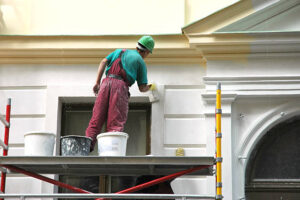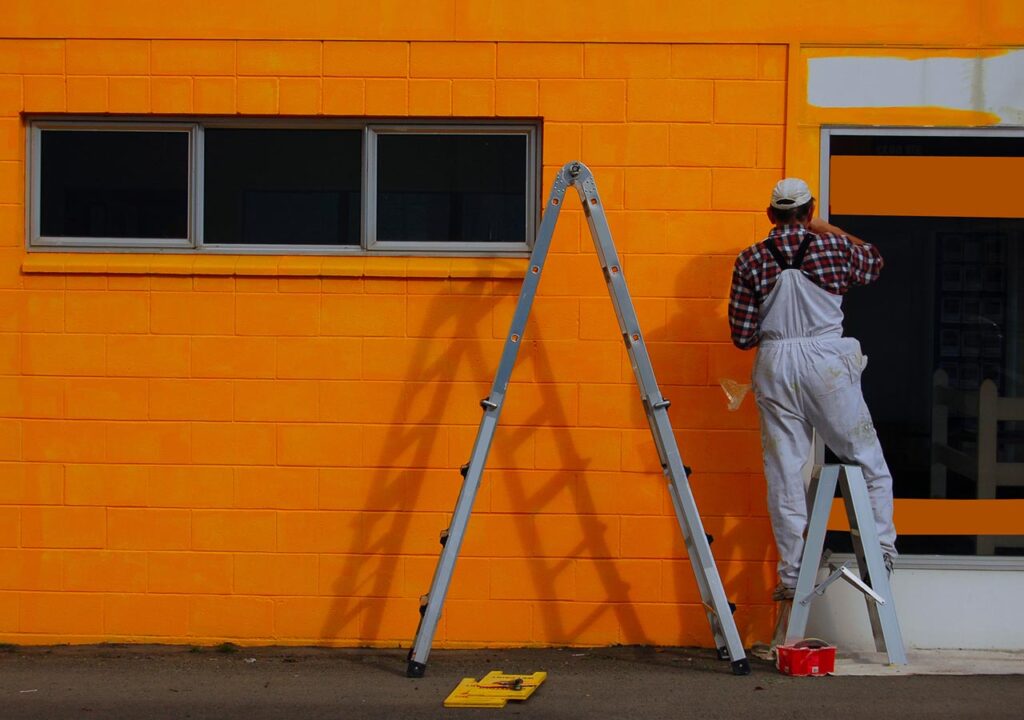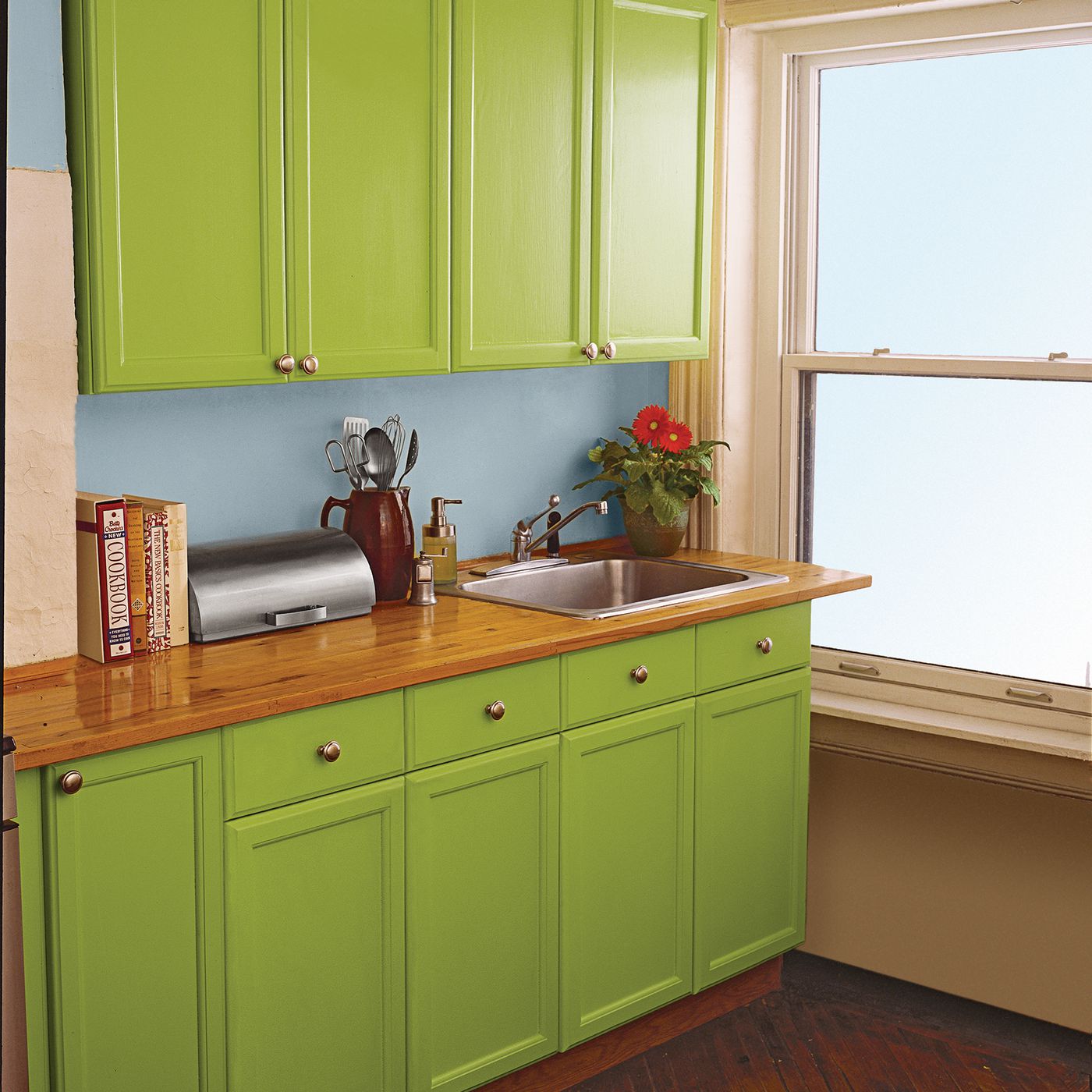Is your living room looking a little rough around the edges? Maybe your washroom is getting a little tired. There are a lot of reasons why your rooms may need to be painted. Painting with interior paint can be intimidating and a little trickier than a normal DIY painting project. There are a few vital things you should know before getting started. A big question a lot of people ask is; “Is sanding between paints of coat necessary?” Well, there are several deciding factors that determine if sanding your wall between coats of paint is necessary or not.
Why Would You Sand While Painting?
Sanding your painting during coats has many purposes. It can often be the difference between a professional looking paint job and one that leaves a lot to be desired. Supposing that the surface you’re painting has a lot of loose paint or paint, sanding the surface should remove most. If not all, of the old paint job. This will help your new paint adhere better to the wall. If you’re using latex paint, it typically doesn’t adhere well to a smooth surface that’s already been painted on with oil based paint, so sanding is a must. Whether you’re painting a metal or glossy surface, sanding helps scuff the surface which creates a greater surface area for the new paint to adhere to.

When You Should Sand While Painting
Now that we’ve talked about how important it is to sand while painting, let’s talk about the elephant in the room; Should you sand between coats of paint? There isn’t one simple answer to this question as it depends on some different factors that will decide whether sanding is worth it or not. Below we will list 3 of the main deciding factors.
Where am I painting?
The main reason people take the time to sand between coats of paint is to ensure they have a silky-smooth layer of paint. For most interior wall painting projects, sanding is not necessary. Generally, small imperfections such as fluff from your roller or debris in the paint are very hard to notice on a wall with a satin or flat finish.
What Paint am I using?
If you’re using cheaper paint, there’ll be an increased chance of bubbles, drips, brush marks or imperfections left by your roller. Cheaper paints generally don’t have additives that help leave a silky-smooth finish like more premium paints. If you’re using cheaper paint, you may want to consider sanding between coats if your paint isn’t laying flat or is leaving brush marks. The material you’re painting will also determine whether sanding between coats is necessary or not. As a rule of thumb, if the surface you’ve just painted doesn’t look/feel smooth, sand it!
How Much Time Do I have?
To sand your surface properly, your coast of paint should be left for a minimum of 24 hours to allow them to fully set & dry. This could extend your project by a few more days so, it’s something to take into consideration. Essentially, it’s speed vs quality. The more quality you require, the longer it will take. When sanding between coats of paint, always ensure the paint is dry to the touch prior to sanding.

How To Properly Sand Between Coats of Paint
Sanding between coats of paint could mean sanding your whole surface or just a few spots where there are visible imperfections. If you demand perfection, sand the entire wall. A sanding pole is the perfect tool if you’re aiming to sand your whole wall. Otherwise, you can just use sandpaper if there are only a few minor imperfections.
Get To Work!
Whether you’re an experienced painter or not, sanding between coats of paint depends on the project you’re undertaking and your own personal preference. It won’t hurt anything if you decide to sand between each coat of paint. It might take you a bit more time but the final finish is worth the time investment!
If you’d rather save time and just enjoy a freshly painted interior, at Small Paints Company we’re always one call away and remember, there’s no job too big or too small for us!





